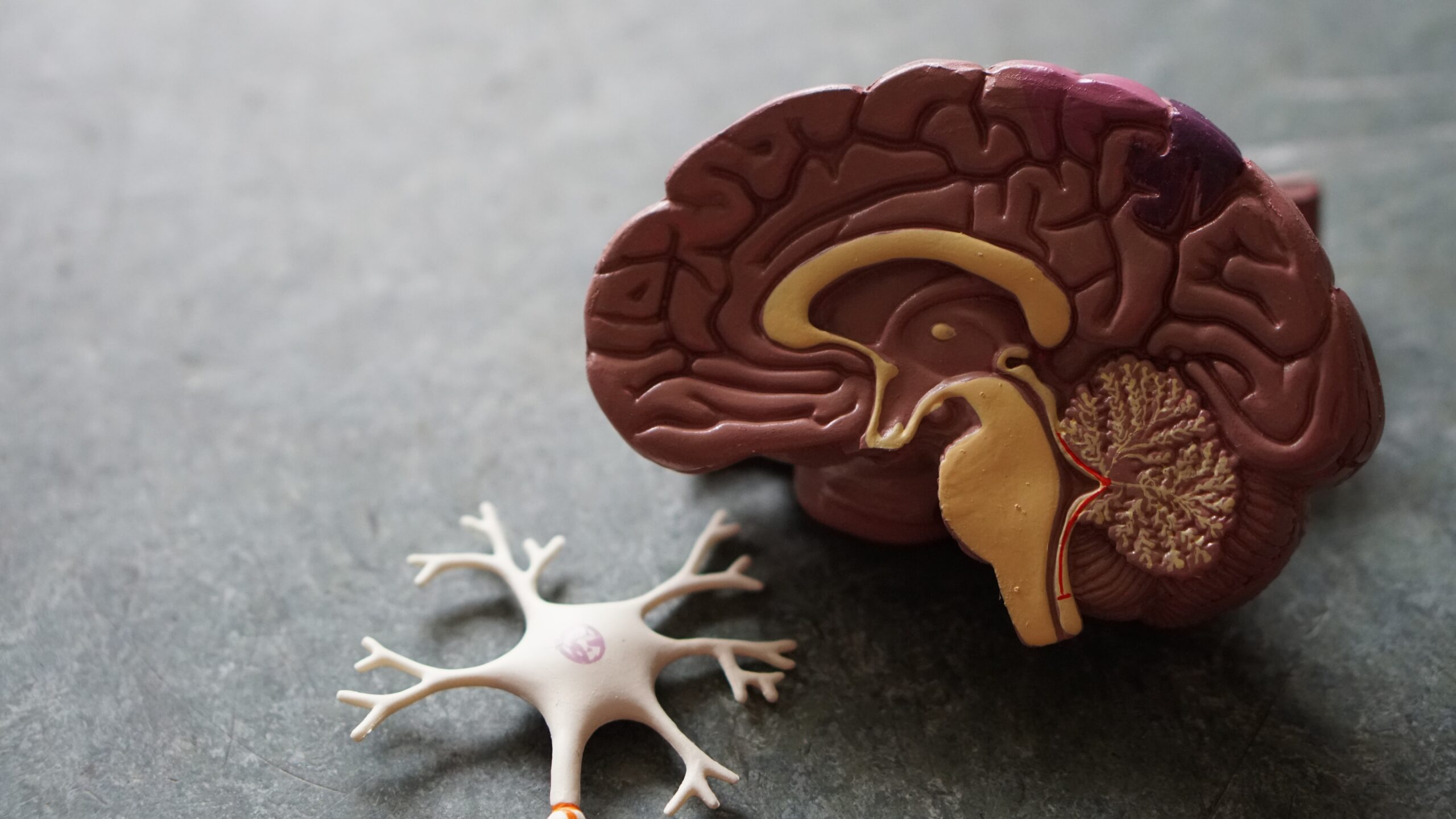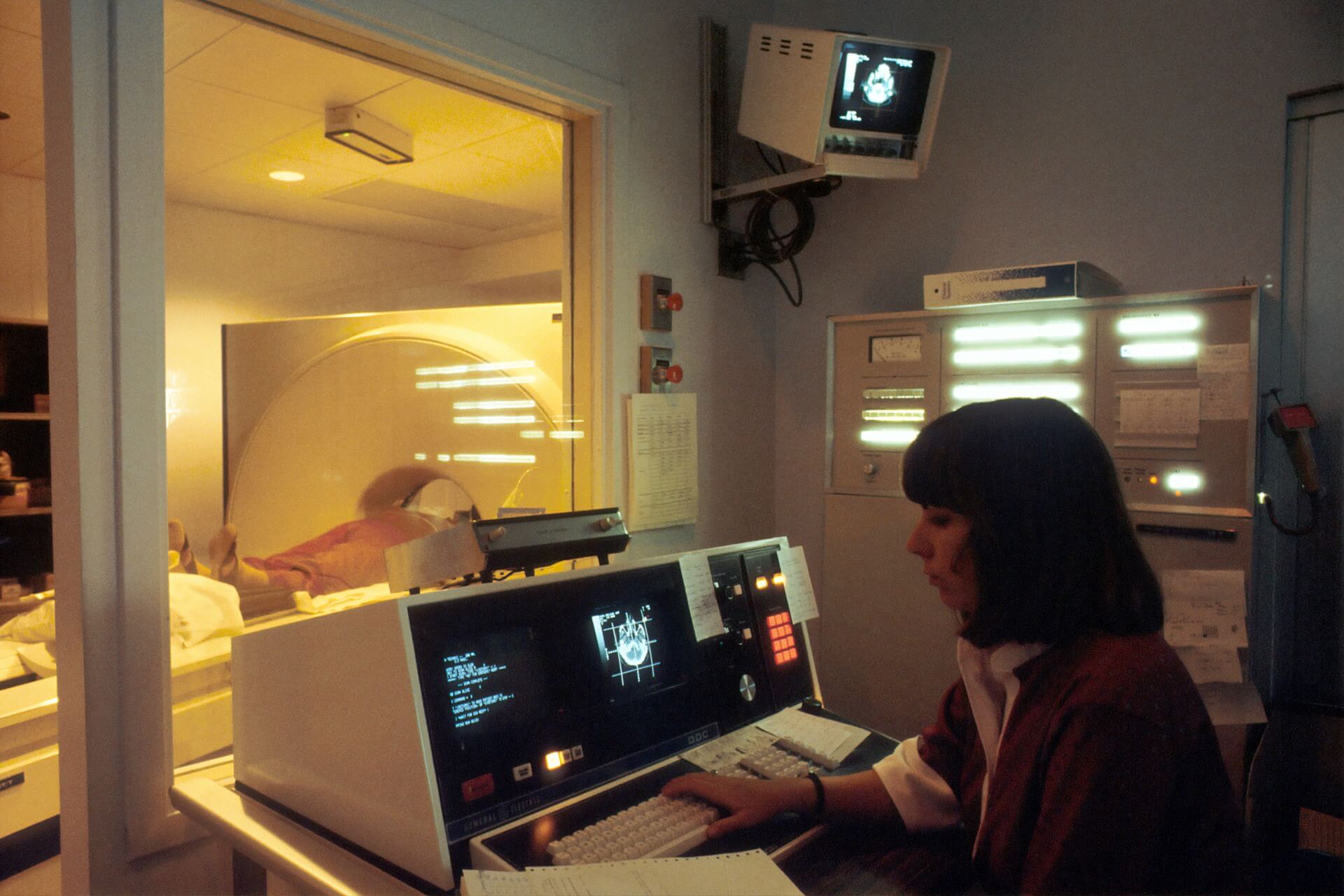
Science Behind Migraines: Unraveling the Mystery
September 12, 2022 - Ellie Gabel
Revolutionized is reader-supported. When you buy through links on our site, we may earn an affiliate commission. Learn more here.
Millions of people worldwide experience migraines regularly. Many wonder what causes this severe illness — is it just a bad headache or something more? The science behind migraines can be tricky to unravel since the brain is so difficult to study. However, scientists have discovered several key trends that point to the cause of migraines. Here’s a look at what they know so far.
What Are Migraines?
Roughly 39 million Americans have some type of migraine condition. Science shows they are far more than an extreme type of headache. Migraine conditions are considered a neurological disorder rooted in how the brain manages different chemicals and nerves.
During a migraine, patients experience intense throbbing pain in their head accompanied by other severe symptoms, such as nausea, vomiting, dizziness, and sensitivity to light and sound. When a migraine hits, it can be so debilitating that patients have to lie down in a quiet, dark room and wait until it passes.
Unfortunately, scientists have not been able to pin down the exact cause of migraines. One leading theory is that they are caused by an imbalance of serotonin or estrogen levels in the brain. Scientists also theorize that the narrowing of blood vessels that occurs in conjunction with these imbalances may be the root of severe pain during migraines.
Serotonin is a neurotransmitter chemical responsible for many important bodily functions such as mood, sleep and wound healing. Estrogen is a reproductive hormone that both men and women have, although women have it in much higher amounts. Stress and anxiety can affect and be affected by them.
The connection between migraines and estrogen may explain why they are more common in women than men. Since estrogen is a reproductive hormone, it changes throughout the month during a woman’s menstrual cycle. This may make it more likely for women to get migraines at certain regular times of the month. Men do not have this significant and constant shift in estrogen levels, which may be why they are at a much lower risk of migraines.
Studying the Science Behind Migraines
Part of the ambiguity surrounding the cause of migraines is due to the difficulty of studying them. The brain is an extremely complex part of the body to begin with. Plus, migraines can affect people differently. There are numerous unique types of migraines, each with its own set of symptoms and suspected cause.
Today, scientists believe brain imaging holds the best potential for decoding migraines. Interestingly, they don’t show up in MRI scans. This is because migraines impact brain function, not structure. Therefore, doctors need to use other types of technology to study them.
For instance, researchers have used spectroscopy imaging to study chemical and cellular activity in the brain. It’s used in various applications, from medicine to night vision and even astronomy. This imaging technique allows scientists to study things like metabolism levels or biochemical changes in the brain noninvasively.
In migraine research, spectroscopy imaging studies have helped reveal trends like brain excitability. When brain cells become overly excited, they may present more extreme reactions to stimuli than typical. This could be part of the reason why migraine patients experience such intense pain and nausea, unlike a normal headache.
Are Migraines Tied to Genetics?
Many scientists and doctors agree that migraines are a hereditary condition. Studies by the American Migraine Foundation show that children have a 50% chance of having migraines in adulthood if one parent has them. This likelihood goes up to 75% if both parents experience migraines.
Migraines tend to show up more among women than men. This could simply be because estrogen levels are connected to migraines. However, it may also be that the gene responsible for them is somehow associated with the x-chromosomes. Women have two of these, which may make it more likely that one of the x-chromosomes has the migraine gene. It remains unclear how exactly migraines are tied to genetics and what gene may cause them.
Is a Migraine Just a Bad Headache?
One of the most common misconceptions about migraines is that they are simply severe headaches. This is an understatement and an inaccurate description. Headaches are actually a symptom of migraines, which affect more areas of the body.
A headache can generally only be felt in the head, face and sometimes neck. In contrast, a migraine causes nausea and impacts sensory functions in addition to causing a throbbing headache. Some people experience vision changes, such as seeing dark spots, when they have a migraine. In extreme cases, they can even cause vertigo and slurred speech. These are not symptoms associated with headaches.
The Mysterious Science Behind Migraines
There is no cure for migraines, but understanding how they work can help people cope with and treat them. However, more research and brain imaging studies are needed to fully understand what causes them. The brain will always be challenging to comprehend, but scientists are steadily making progress in decoding the science behind migraines.
Revolutionized is reader-supported. When you buy through links on our site, we may earn an affiliate commission. Learn more here.
Author
Ellie Gabel
Ellie Gabel is a science writer specializing in astronomy and environmental science and is the Associate Editor of Revolutionized. Ellie's love of science stems from reading Richard Dawkins books and her favorite science magazines as a child, where she fell in love with the experiments included in each edition.







